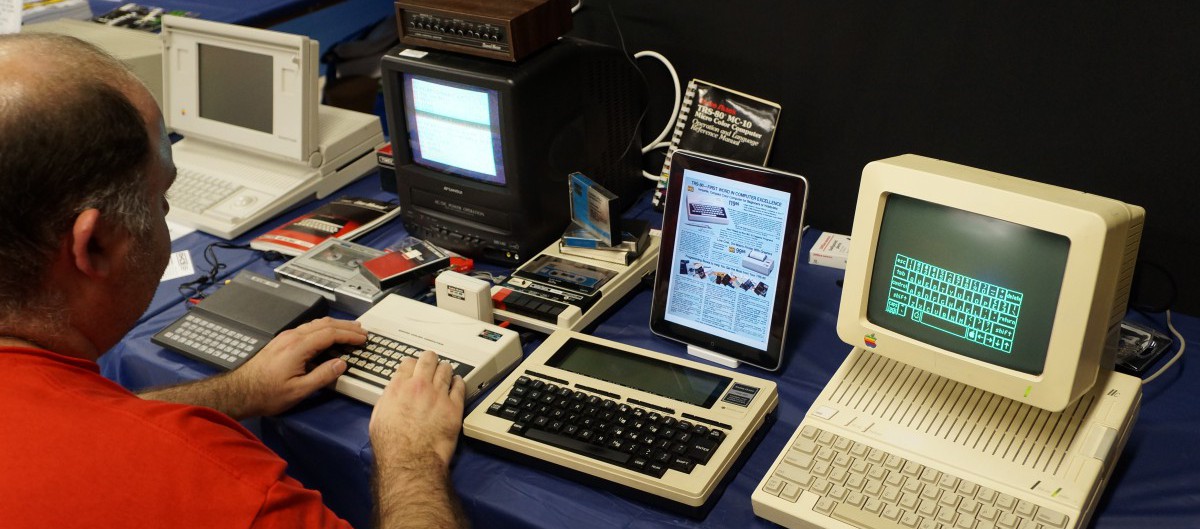Project 1, Updated Think Piece:
Project 2, Updated Podcast:
Digital Autopsy Episode 1: The Problem with YouTube
Digital Autopsy Podcast Script
Project 3, Flickr Images:
Project 4, YouTube Video:
Project 5, Markup/Markdown:
Project 6, Twitter:
Reflection
Throughout the course, we had to adapt an original 750 word think piece across various new media. Some of these I’ve used before, like making a video or working with HTML, and others, I’ve had to learn for the first time, like making a Twitter account or making a podcast. Ultimately, they were each fun in their own right and proved to bring about new ways of expressing an opinion and ways in which that message could be hindered.
When writing for an online audience, we had to think about how they read differently online than from a book. Our piece had to be tailored to that experience and be short enough that those same people would actually read it, thus the piece had to be limited but still get our point across. Adapting that piece to a podcast gave us the liberty of extending the piece as this was going to be done in an audio format that people will generally assume will take up a bit of time. I was able to include more content than in the initial piece, however, being audio only meant pauses, music, and sound effects needed to be added to the whole experience.
The images were much more difficult, expressing an issue that is of an online nature through pictures made me have to think differently about the whole piece. The video was easier as it is done similarly to that of a podcast, but now has a visual component added to it. This allowed for me to showcase even more of the issue through the images used within the video.
Due to the nature of our fifth project, where we couldn’t work with CSS, only HTML, made it more challenging. I had worked with HTML and CSS in the past and CSS is what allows for the websites to include all these nice effects. HTML only provides a basic structure and not the freedom to have everything look the way you want it to. Then, twitter was a whole new creature, one I had no experience with. Adapting a piece to series of 140 character tweets wasn’t the most difficult thing, however, hashtags and links could be used as these are parts of the medium and allowed to create a more cohesive experience.
I even noticed how the initial think piece grew and changed based on what I was able to say and show throughout the use of alternate medias. The original think piece was wordy and didn’t cover the general topic I was discussing and I believe through adapting to a video and podcast allowed me to go back and add in better content to cover the topic.
Overall, through these projects, I learned much about different ways one can express the same message. Some may be better suited for certain topics or they may be tailored for a specific audience. Twitter can definitely be used as a way to interact with a community and keep the audience updated instantly while a podcast can reach a huge amount of people at different points in their day. Knowing how to utilize various different mediums can help one successfully broadcast themselves to various different audiences. The message may have to be adapted or tailored to the specific medium but they each can highlight something new. There is not one that can clearly be said stands out against the others, but learning to work with more than just one will allow for a better message as a whole.



